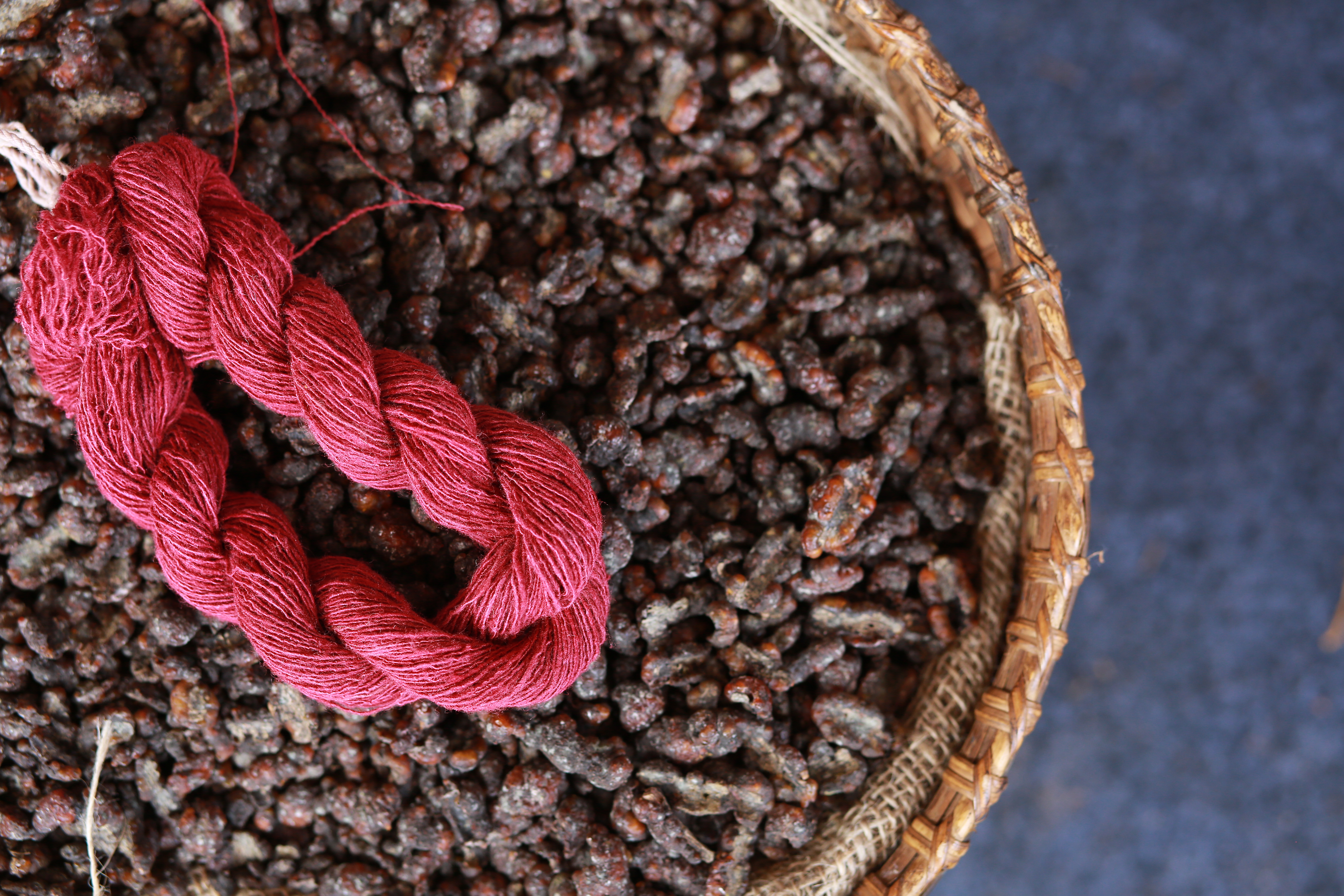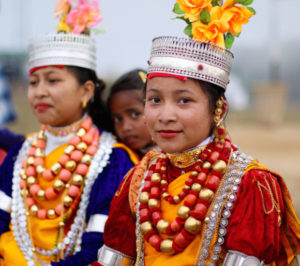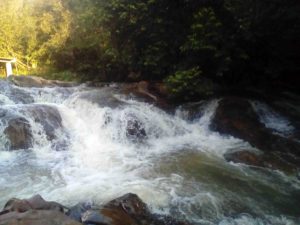—Vanda Altarelli
Torino, Terra Madre 2016
Indigenous people consider themselves as part of nature; men and environment are one. We as people are reciprocal, seeking nurture and protection. As an individual who nurtures a field, he is in turn nurtured by plants grown or the animals raised there. Since they are all related, they protect each other.
Harmony: Harmony of the living world has to be nurtured continuously with the participation of all its members. Given the prevailing diversity, each must nurture the form of harmony appropriate to the context.
The Main Challenges
Climate change and world food security are two of the main challenges to food systems.
Indigenous food systems could be part of the solution to both.
Indigenous peoples are keen observers of climate change, partly due to their prominent phenological markers that signal changes (brightness of stars, abundance of flowering of some wild plants, skin colour of wild animals, presence and flight direction of some birds.) Indigenous Peoples know how to adapt to climate change.
Indigenous People adaptive strategies
For a rainy year, a larger area is planted in the highlands (crops move up) while in dry years a greater area is planted in the lowlands (crops move down).
Similarly, soil preparation and ploughing change: for a dry year, one plants in the depressions and the furrows are made diagonal to the slope whereas for a rainy year crops are planted on the hillsides and furrows follow the slope of the terrain.
Test and innovate: Ind. farmers tend to grow and test, in each field, a diverse group of plant species, varieties and ecotypes.
- This genetic heterogeneity broadens the genetic base, thus spreading the risk of climate’s variability: amongst the crops sown there are some that are resistant to drought conditions while others to excess humidity so that when the mixture is cultivated in a dry year the drought resistant varieties will produce more than those that are not; conversely, in a rainy year the opposite will occur. In either case, there is a relatively assured stability of food production, spite of the variability of the climate.
- Indigenous peasants also plant the same crop at different times, with the great planting done every fifteen days during the major months of the rainy seasons, thus ensuring an harvest even in difficult conditions.
- Diversify resource base: In addition to growing different crops and varieties in their fields, they supplement these by hunting, fishing and gathering wild edibles. Diversity of crops and food sources are matched by a similar diversity in field location.
- Change in the timing of agro activities: Harvesting gathering of wild edibles, hunting and fishing are adjusted to changes in growing seasons and times of animal migrations and reproduction.
- Setting-up community nurseries and seed banks of indigenous crops, trees and animal varieties.
- Change of techniques: where changing climatic conditions are making the use of traditional techniques such as sun-drying foods impossible, people may resort to novel techniques, such as the British Columbian Gitga’at – recently unable to sun-dry their food reliably because of unseasonable wet spells – freeze their food until they get sunny weather, or dry it indoors.
- Using traditional knowledge to plant medicinal plants in farms and gardens and to create shellfish ponds near their house.
- Change fields location: Acute climate crisis may cause people to shift their agricultural activities and settlements to new locations, which are less susceptible to adverse climatic conditions. The Makushi of Guyana thus move from their savannah homes to forest areas during droughts and plant cassava, their main staple crop, on moist floodplains normally too wet for the crop. The Kenya in Borneo plant new crops such as maize in the drying river beds during droughts caused by El Nino events.
World Food Security
- World Food Security relies on diversity of species and genotypes. Commercial agriculture has concentrated on very few crops. Hence the world’s food basket is shrinking at an alarming rate. About 20-30 crops today feed the world, with sixty percent of our plant-based calorie intake provided by rice, wheat and maize (FAO). But with climate change putting increasing strain on food systems, diversity of food crops will be critical for resilient food systems. The wild relatives of crop plants are also an important resource for improving agricultural production and for maintaining sustainable agro-ecosystems.
Positive solutions from Indigenous Food Systems
- Indigenous Food Systems could offer some solutions to these challenges, provided that scientists and indigenous knowledge holders would engage in a long term, mutually respectful, partnership. The objective would be to bring together more plural forms of knowledge systems within a more comprehensive, power equalizing dynamic of participatory learning and action. Important common principles would comprise:
- A defined methodology and systemic learning process: the focus is on cumulative learning by all the participants and, given the nature of these approaches as systems of learning and action, their use has to be participative.
- Multiple perspectives: a central objective is to seek diversity, rather than characterize complexity in terms of average values. There are multiple possible descriptions of any real-world activity.
- Group learning process: all involve the recognition that the complexity of the world will only be revealed through group learning.
- Context specific: approaches must be flexible enough to be adapted to suit each new set of conditions and actors, and so there should be multiple variants.
- Facilitating experts and citizens: the methodology is concerned with transforming existing activities to try to bring about changes which people in the situation regard as improvements. The role of the “expert” is best thought of as facilitator.
- Leading to sustained action in the face of dynamic change: the learning process leads to debate about change. Action is agreed, and implementable changes will therefore represent an accommodation between different views. This action includes local institution- building or strengthening, so increasing the capacity of people to initiate change on their own.







